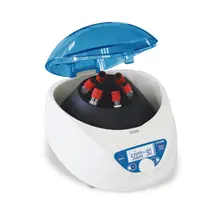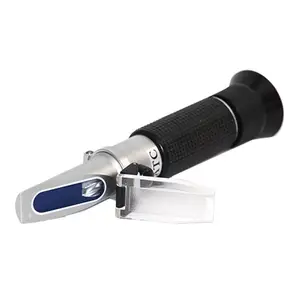Understanding Atago Brix Refractometers
Refractometers are essential tools in various industries for measuring the refractive index of substances. An Atago Brix refractometer is a specialized instrument designed to determine the sugar content in liquid solutions, indicating the percentage of Brix in the sample.
Types and Applications
The versatility of refractometers spans across different types, including digital refractometers, handheld refractometers, and benchtop refractometers. Each type serves specific applications ranging from food and beverage quality control, such as in wine or honey production, to industrial uses like managing coolant concentrations.
Features and Materials
Refractometers are crafted with precision optics and durable materials, ensuring reliable measurements. The optical components are typically made from high-quality glass, while the body may be constructed from robust plastics or metals, enhancing the device's longevity and stability during measurements.
Advantages of Using Atago Brix Refractometers
Utilizing an Atago Brix refractometer offers the advantage of quick and accurate sugar concentration assessments. This can be particularly beneficial in maintaining product consistency and quality. Moreover, the portability of certain models allows for on-the-spot testing in various settings.
Selection Considerations
When selecting a refractometer, consider the specific gravity refractometers for industries dealing with different densities, or salinity refractometers for marine applications. For the food industry, a honey refractometer or a wine refractometer might be more appropriate, depending on the product being tested.
Maintaining Precision in Measurement
Accuracy is paramount in refractometry. To maintain this, it is essential to regularly calibrate the instrument. Calibration refractometers are available to ensure that the measurements remain precise over time, safeguarding the consistency of quality control processes.






























 浙公网安备 33010002000092号
浙公网安备 33010002000092号 浙B2-20120091-4
浙B2-20120091-4